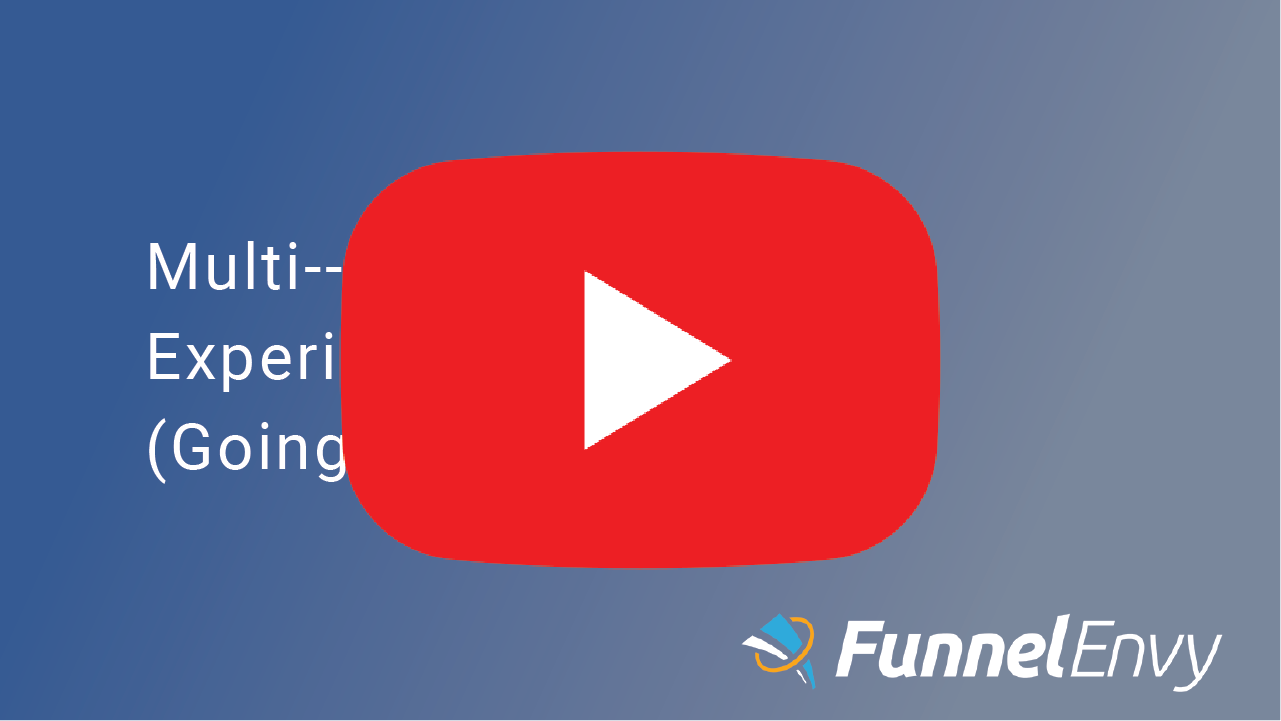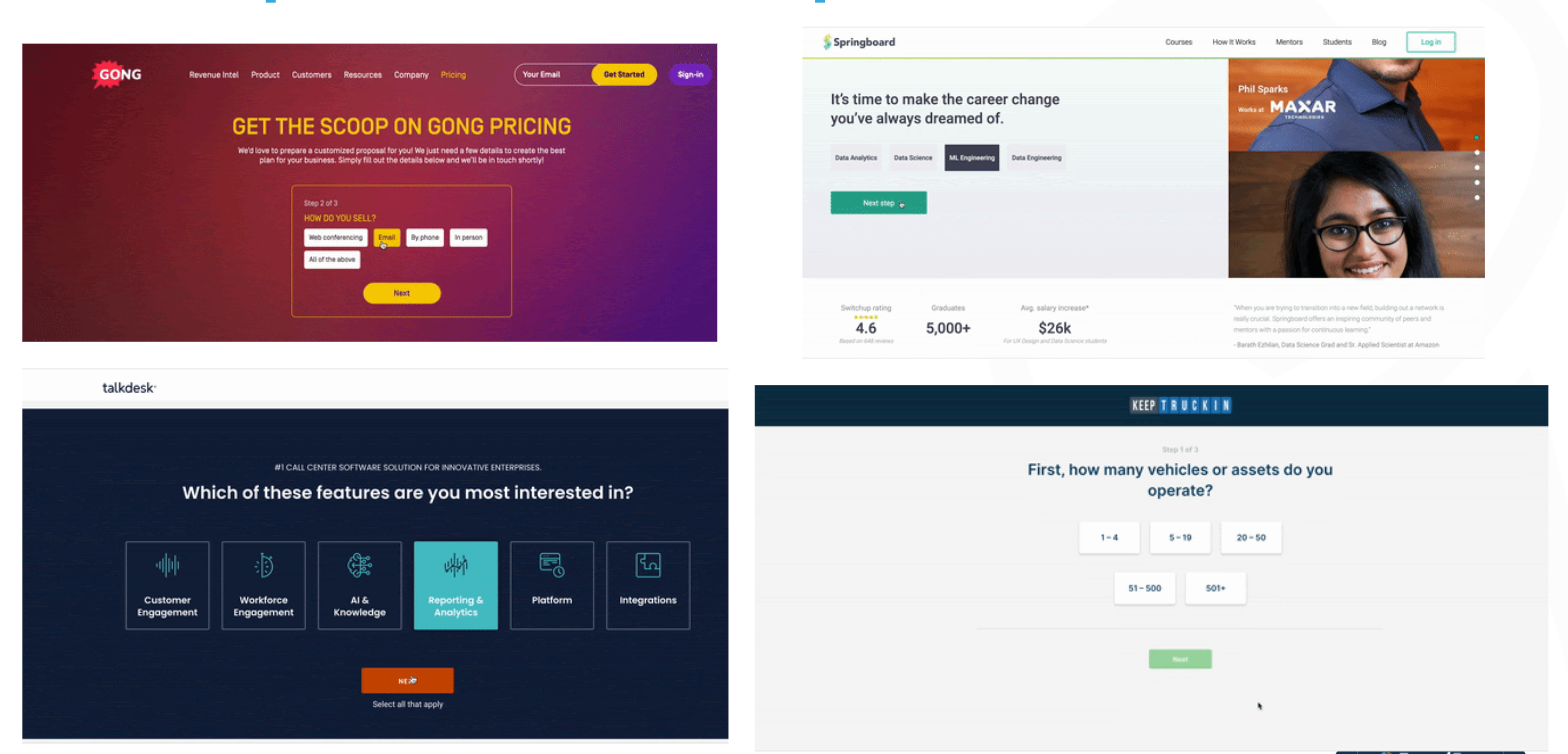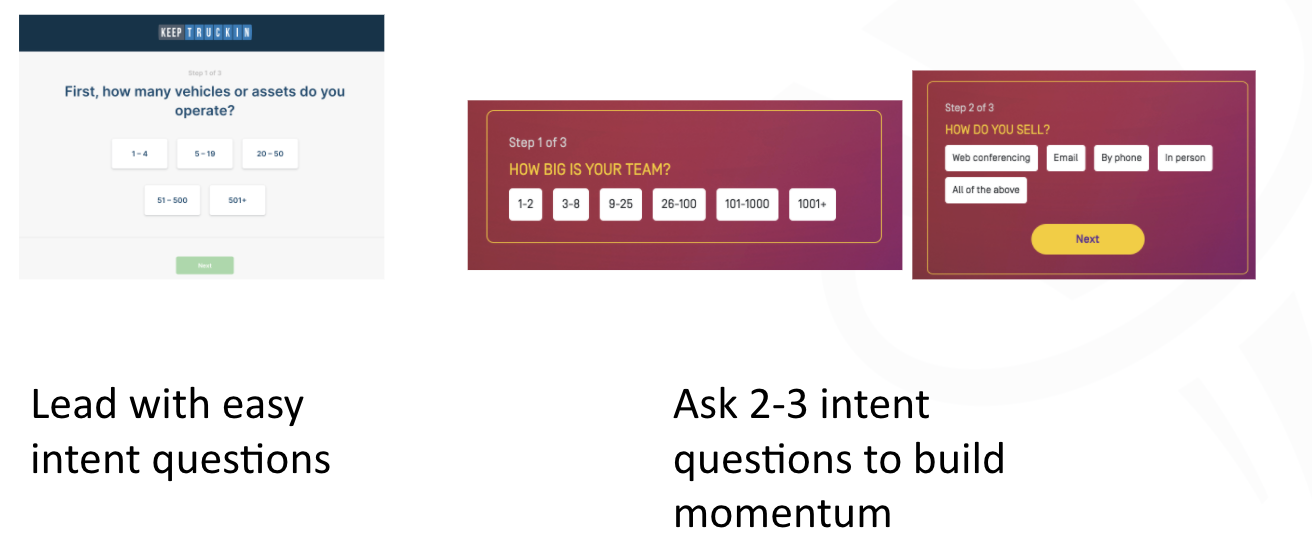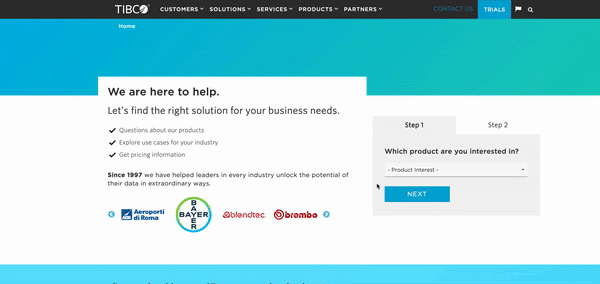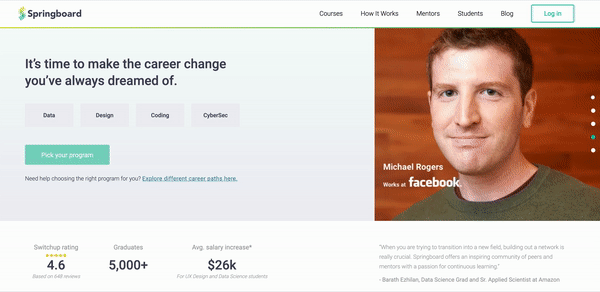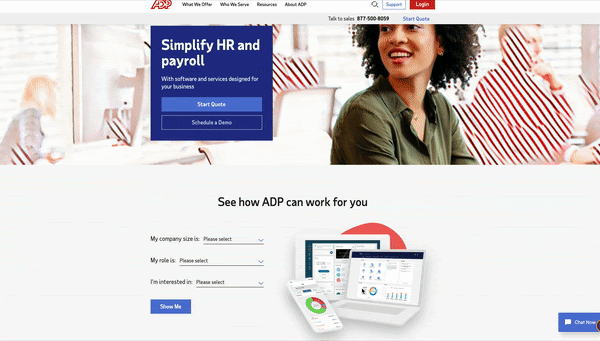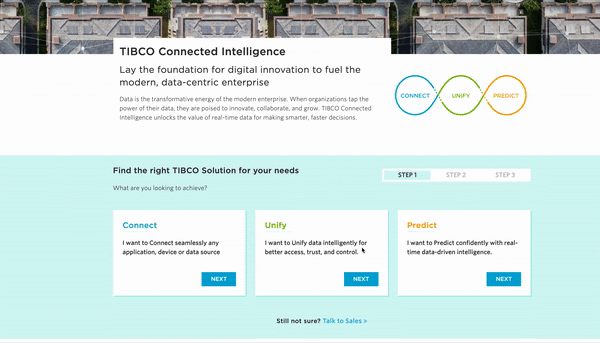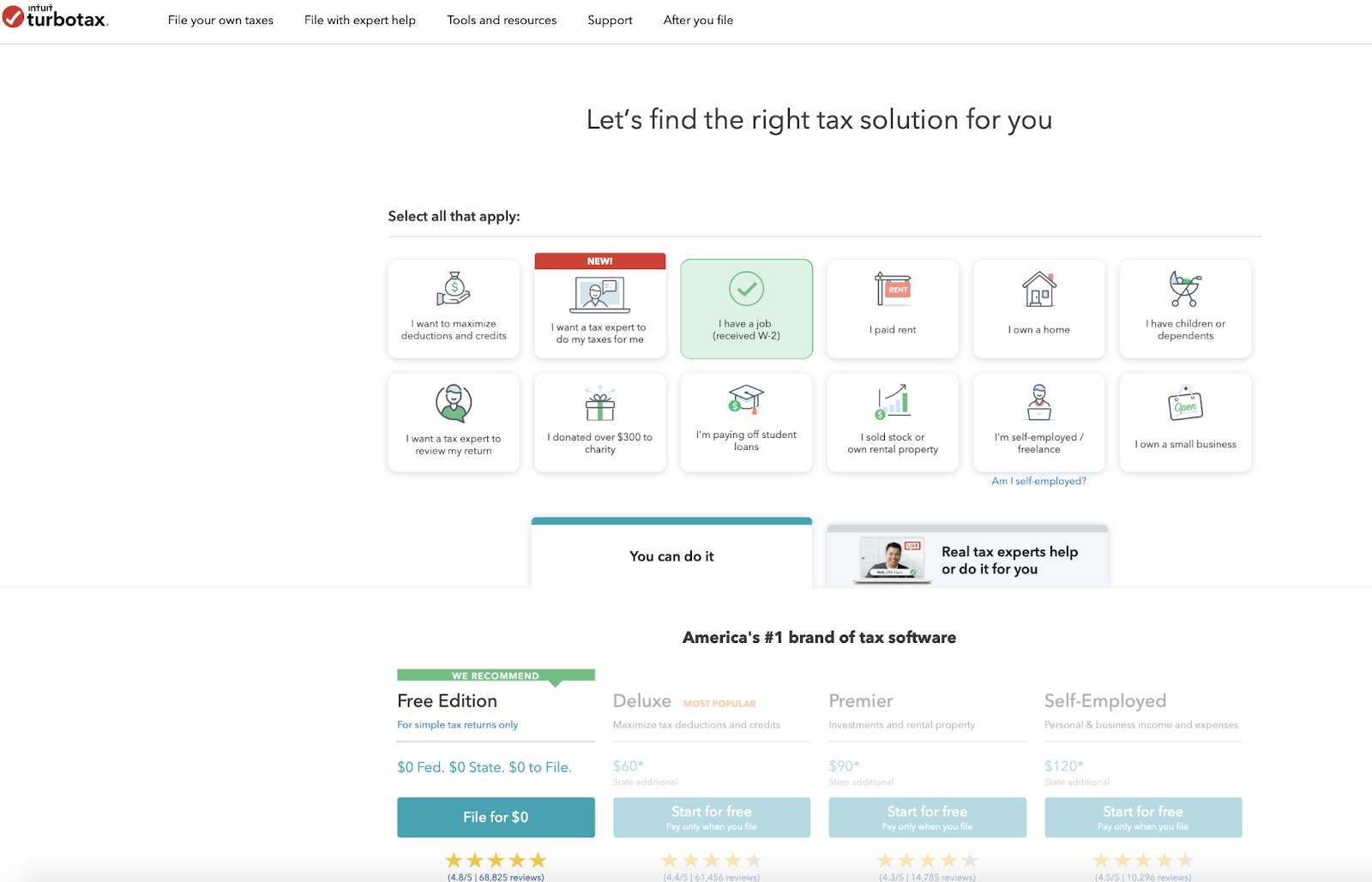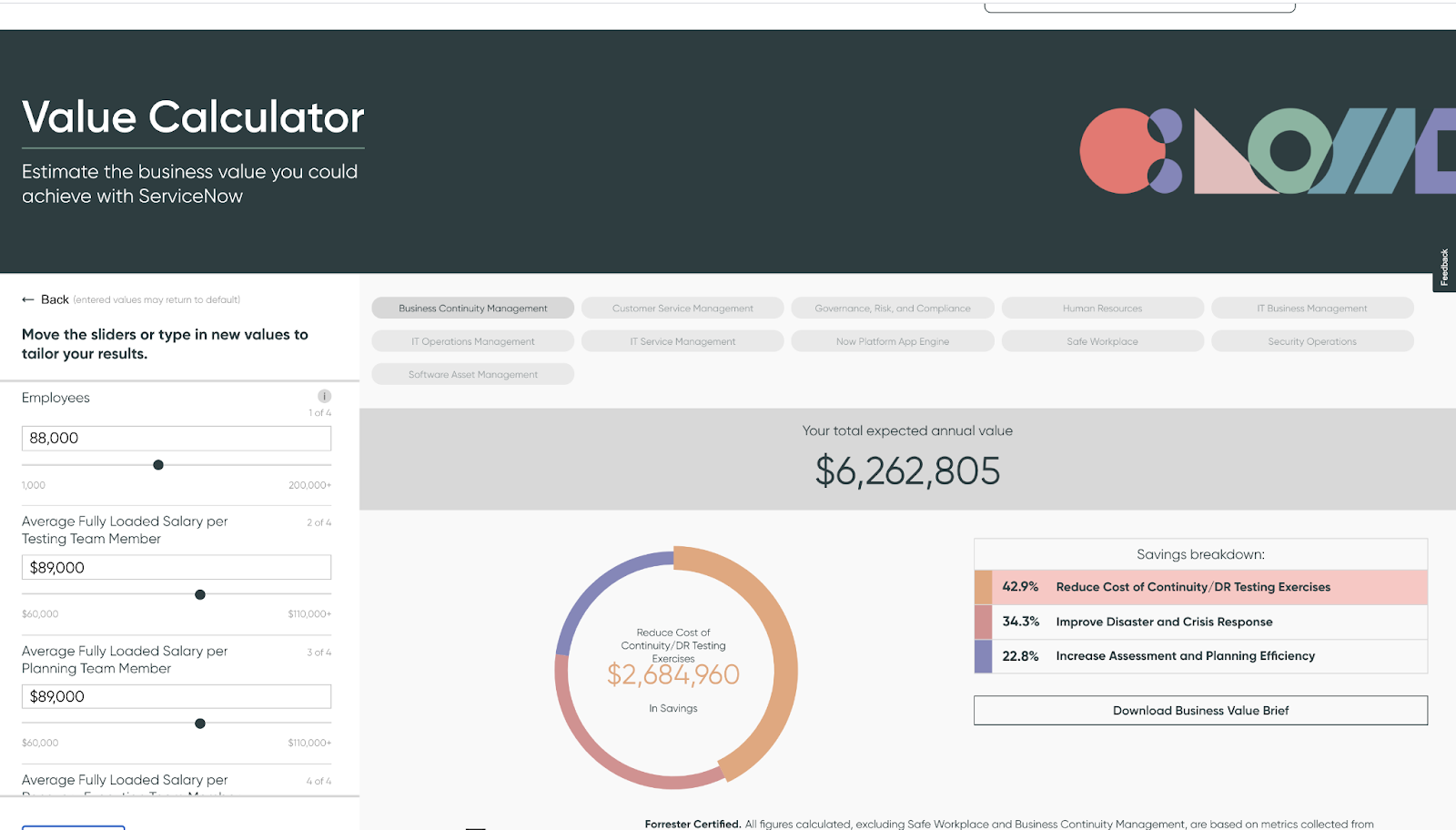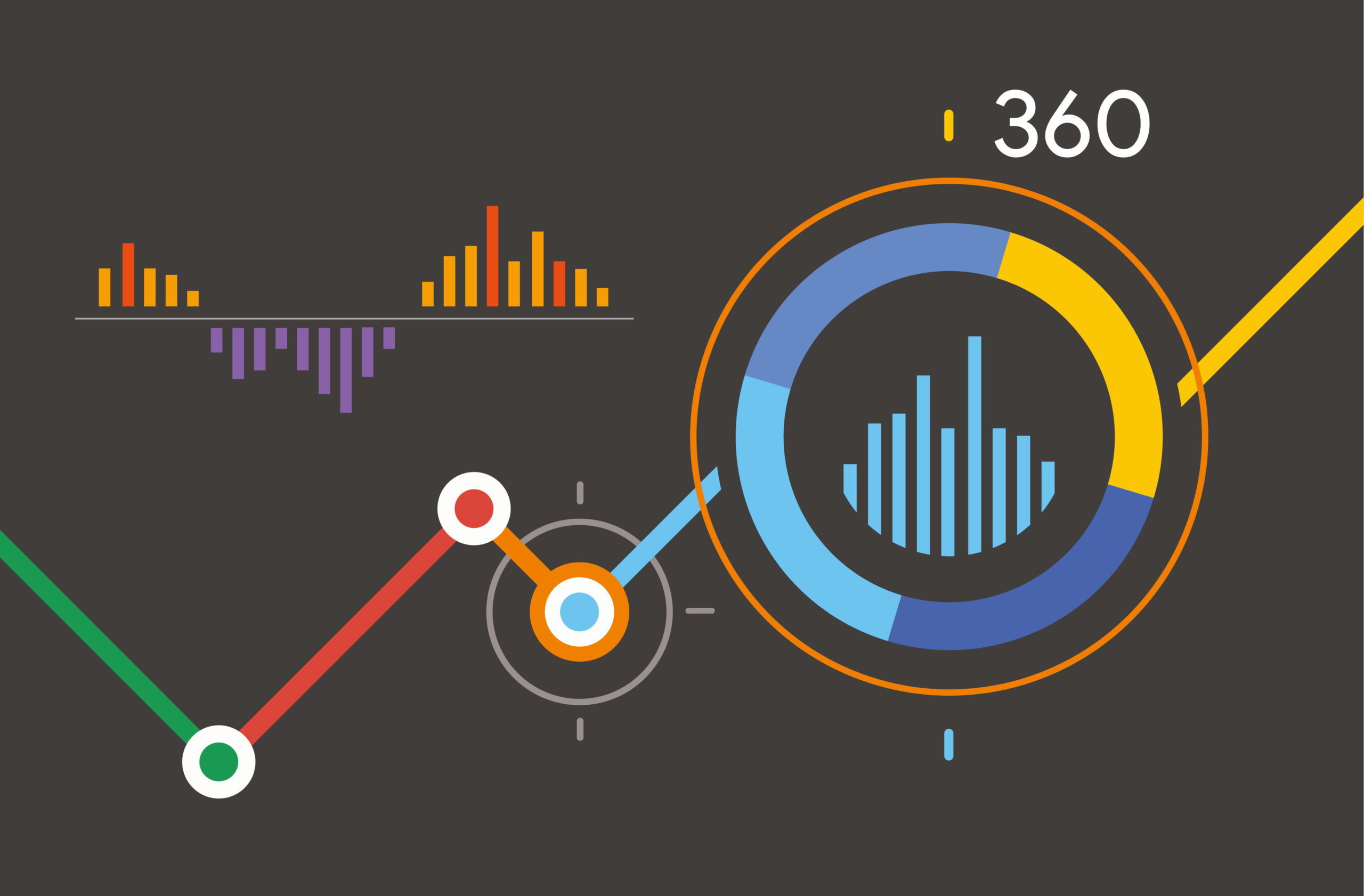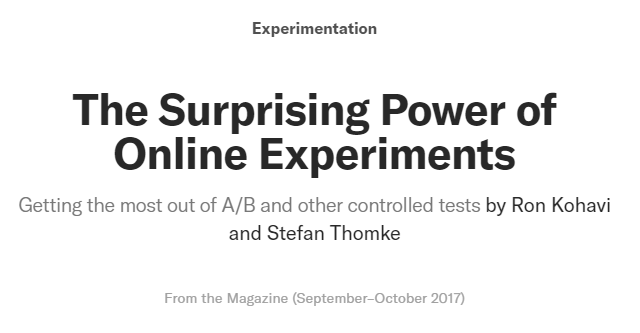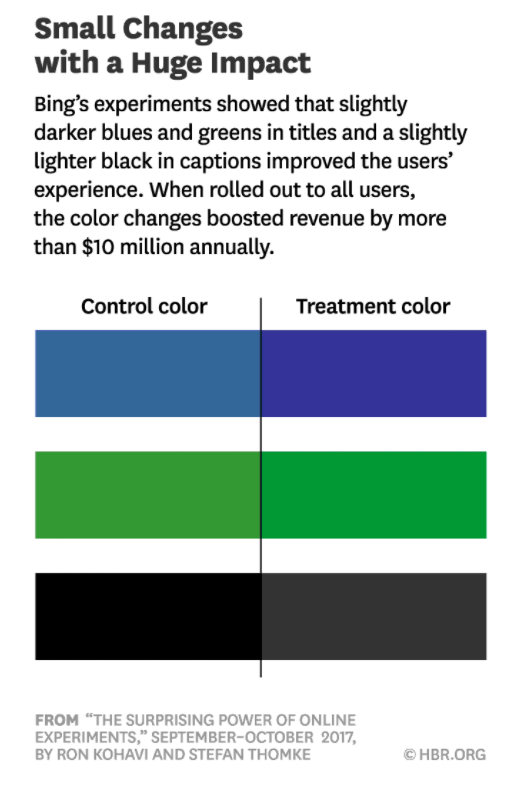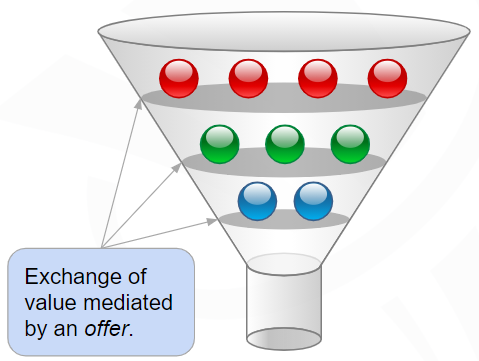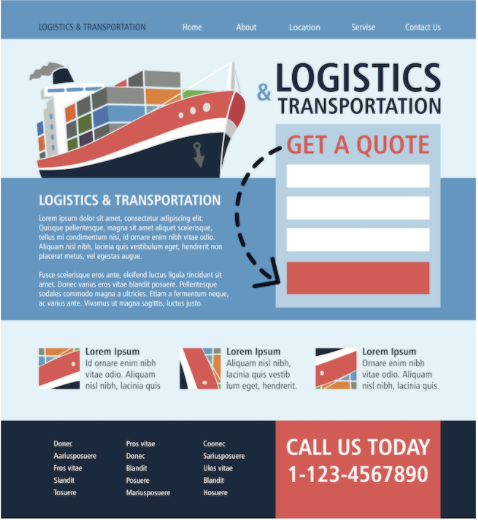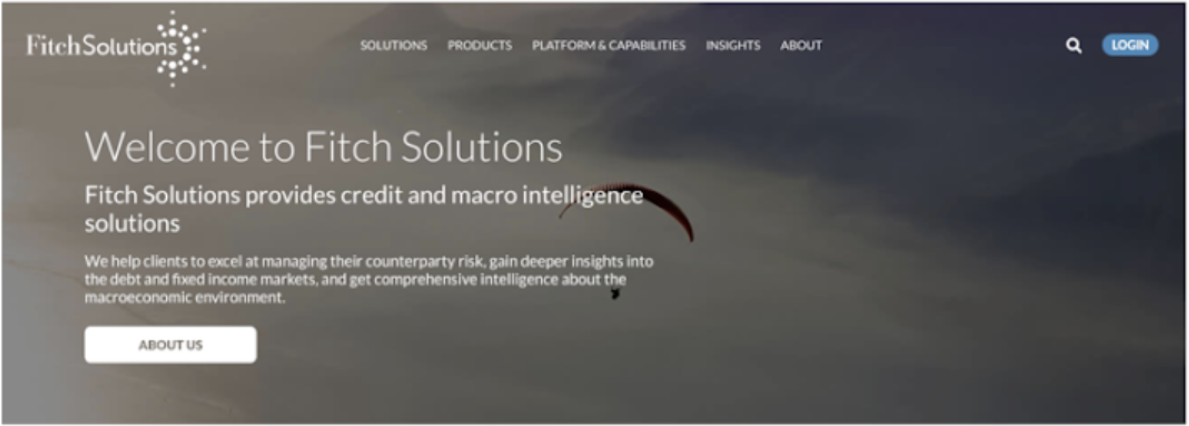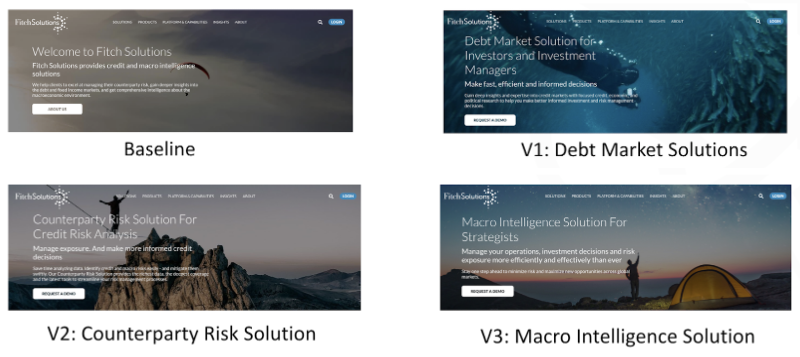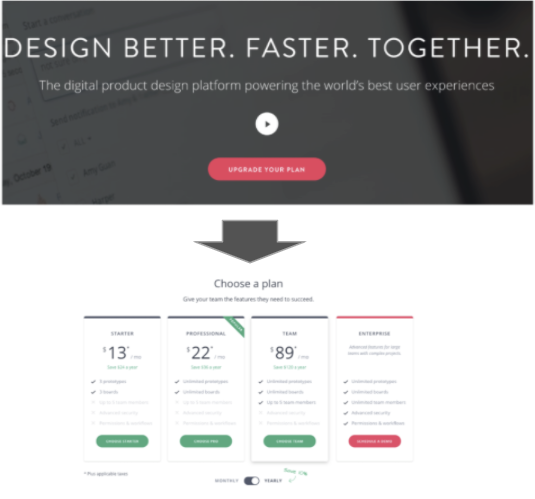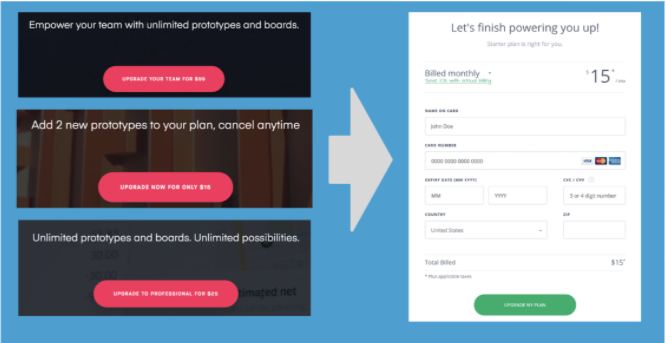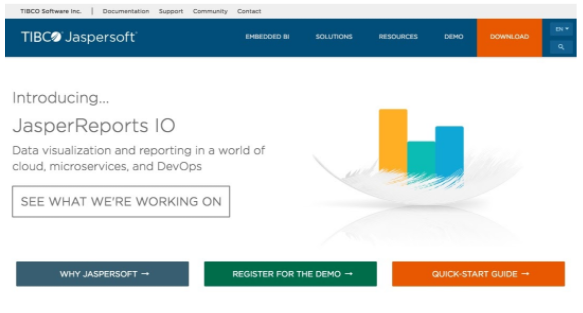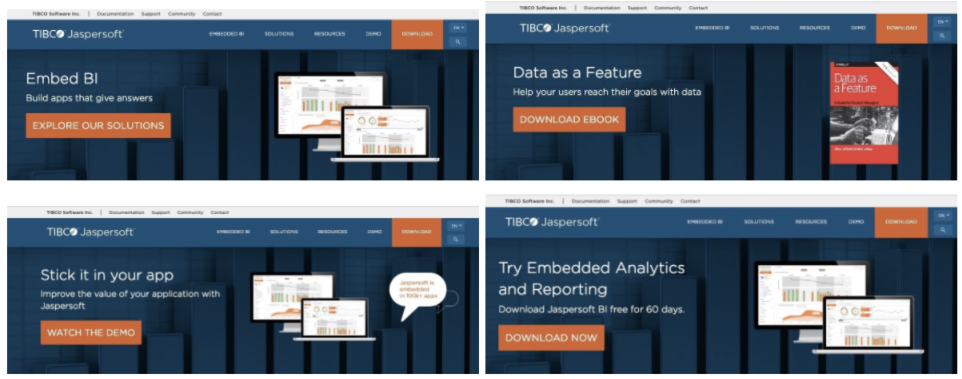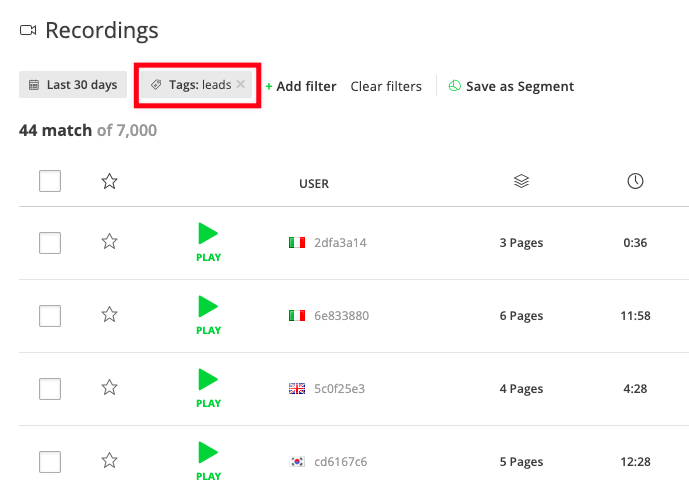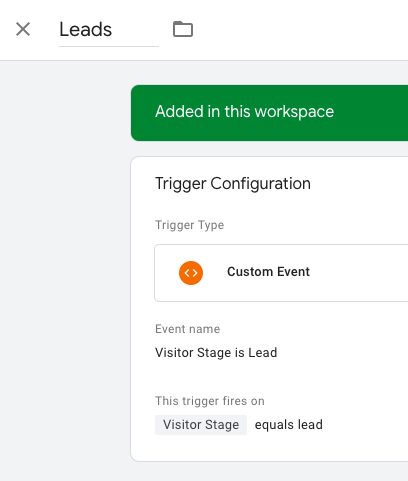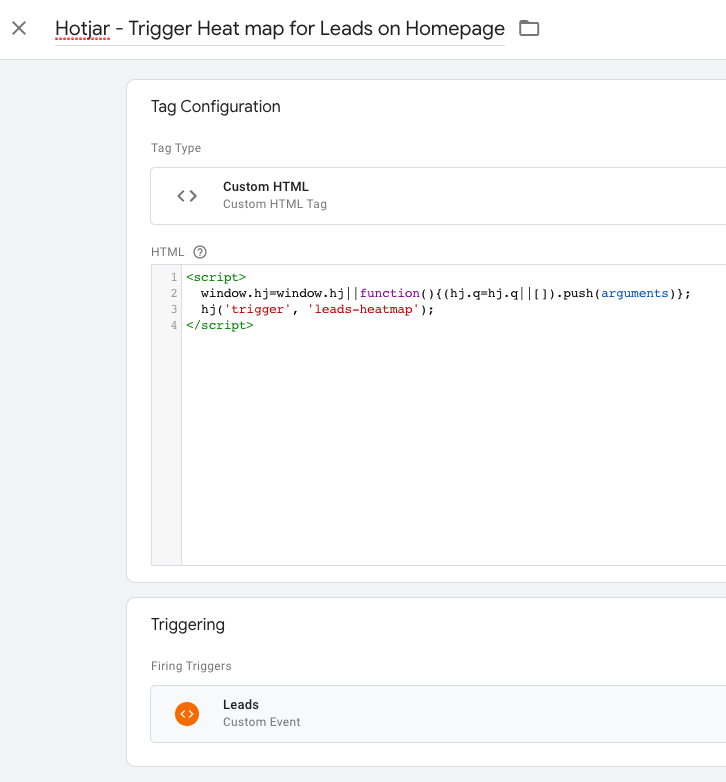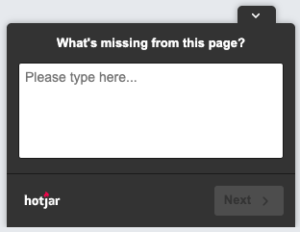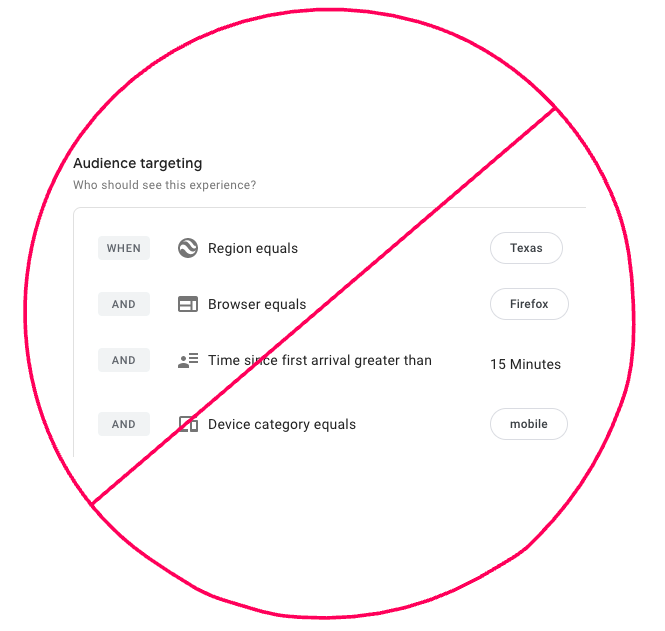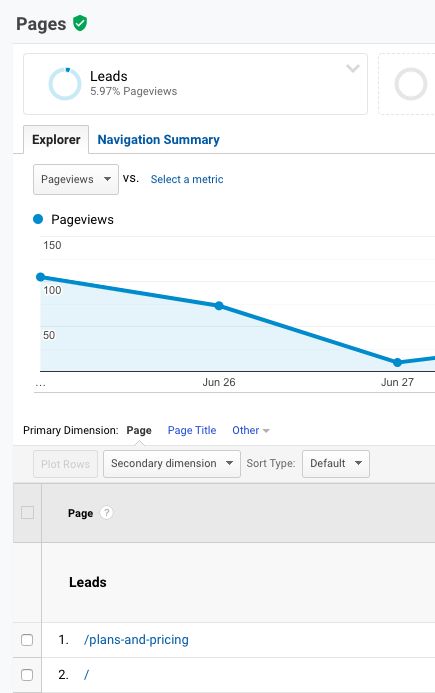Penny Wise or Pound Foolish? When is the Cost of A SaaS Funnel Audit Worth It?
Imagine pouring hours and dollars into crafting targeted campaigns, nurturing leads, and refining your messaging for your SaaS business. Yet, a nagging doubt lingers: how do you know if website visitors convert optimally? Why exactly is engagement lagging? Evaluating your SaaS marketing conversion rate can feel like peering into a black box. You may be considering a funnel audit, but how do you know when the cost of a funnel audit is justified? Let’s start with the symptoms. What are the warning signs of problems in your funnel?
5 Signs Your Marketing Funnel is Leaking
A well-optimized marketing funnel should seamlessly guide website visitors toward conversion, but leaks can develop over time. These leaks represent missed growth opportunities, hindering your ability to convert leads into paying customers. Here are 5 signs your marketing funnel might be leaking:
- Dwindling Lead Generation. Is the flow of qualified leads into your funnel slowing down? If so, it could indicate a problem at the top of the funnel, such as ineffective content marketing, targeting the wrong audience, or a lack of brand awareness.
- High Abandonment Rates. Are website visitors dropping off at crucial points in your funnel, like landing pages or opt-in forms? High abandonment rates suggest friction or confusion within the funnel, preventing users from taking the desired action.
- Low Conversion Rates. A low conversion rate is the ultimate indicator of a leaky funnel. Low performance means leads who enter your funnel never convert into paying customers. Analyze conversion rates at each funnel stage to pinpoint where leads are slipping away.
- Unengaged Audience. Do your social media posts and email campaigns generate minimal engagement? A lack of engagement suggests that your messaging misaligns your audience’s needs or that you’re not reaching the right people.
- Increased Customer Acquisition Cost (CAC). Is acquiring each new customer costing you more and more? This high cost could indicate that your marketing efforts attract unqualified leads or that leaks within the funnel prevent qualified leads from converting.
The more of these issues you experience, the more you need a funnel audit. A comprehensive audit can help identify the specific leaks within your funnel, provide action items to patch them up and optimize your marketing efforts for sustainable growth.
Two Key Challenges with SaaS Funnel Optimization
In our experience, we’ve seen that many B2B marketers, especially in the fast-paced SaaS industry, struggle with two key challenges:
- Gauging Funnel Performance: Accurately assessing the health of your marketing funnel requires expertise and specialized tools. Without a clear picture of leaks and bottlenecks in your SaaS sales funnel, it isn’t easy to pinpoint areas for improvement in funnel optimization.
- Justifying a Funnel Analysis: Investing in a funnel audit to diagnose problem areas can feel like an unnecessary expense. However, the potential cost of neglecting a sub-optimal conversion funnel can be far greater. How do you know when to pull the trigger?
A shift in perspective is helpful when faced with these challenges. The SaaS model requires an optimized sales funnel as the cornerstone of success. While the upfront cost of a funnel audit might raise initial concerns, the potential return on investment (ROI) of fixing problems in the funnel can outweigh the expense.
Understanding the ROI of a SaaS Funnel Audit
Think of your funnel as the engine of your business. Your funnel should seamlessly guide potential customers (aka qualified leads) through the customer journey toward conversion, ultimately driving revenue and customer acquisition.
However, even the most successful funnels can develop leaks over time. Funnel audits are helpful because a seemingly minor tweak to your landing page copy or a strategic adjustment to your email marketing campaign can significantly increase conversions.
Funnel leaks represent missed opportunities, bleeding your SaaS business dry in several ways:
Lost Leads and Sales
A broken funnel is like a leaky pipe – qualified leads enter your top-of-funnel stages but never reach the conversion stage, like a free trial or paid subscription. This loss translates to missed sales opportunities and lost potential recurring revenue.
Inefficient Marketing Budget Spend
Are you pouring money into social media campaigns, organic traffic lead gen, or Google Ads that aren’t resonating with your target audience? An audit can identify marketing budget drains, allowing you to reallocate resources toward more impactful initiatives that improve acquisition costs.
Wasted Resources on Outdated Tactics
It’s easy to fall into the trap of clinging to tactics that once delivered results. An audit can expose outdated or ineffective strategies, freeing resources to invest in high-performing approaches more suited to your target audience.
By viewing a funnel audit as an investment in identifying and plugging these leaks, you’re investing in the future growth of your business. The potential return on investment (ROI) can significantly outweigh the initial cost, leading to revenue growth and decreased customer churn.
Addressing Specific Cost Concerns
There are some specifics every marketer should ask about when considering a funnel audit. Here’s a breakdown of the costs involved in a funnel audit:
- Upfront cost. The price of a funnel audit can vary depending on the scope and experience of the auditor.
- Implementation Costs. A funnel audit report will naturally include some recommendations. Following the audit recommendations may involve additional costs, such as website tweaks, marketing automation adjustments, or content creation.
For example, imagine a scenario where your landing page copy is deterring conversions. A good audit will identify this issue, and the cost of revamping the copy pales compared to the ongoing revenue you’re losing due to a sub-optimal landing page.
Think of implementation costs as fine-tuning your sales funnel for peak performance. While there might be an initial investment, the long-term benefits outweigh the short-term expense.
Demonstrating the Value Beyond Cost
While the cost concerns surrounding a funnel audit are valid, the actual value can extend far beyond the immediate price tag. Here’s a look at some of the intangible benefits that can significantly enhance your marketing efforts:
Gaining a Deeper Understanding of Your Target Audience
One of the most powerful outcomes of a comprehensive audit is a deeper understanding of your target audience. During the audit process, funnel analysis tools and user experience (UX) evaluations shed light on how potential customers interact with your marketing materials and navigate your sales funnel.
This newfound knowledge empowers you to create highly targeted messaging that resonates with your ideal customer’s pain points and desires. A deeper understanding of your customer’s journey helps you create content that fosters trust, leading to higher conversion rates.
Identifying Hidden Opportunities
A fresh perspective on your marketing funnel can be a game-changer. A skilled auditor can identify hidden opportunities you might have missed. An audit could involve uncovering new channels to reach your target audience, optimizing landing pages for significant conversion uplifts, or suggesting adjustments to your sales process that streamline the path to conversion.
For example, the audit might reveal a hidden gem within your customer base. By analyzing data, the audit could uncover upsell or cross-sell opportunities you didn’t previously capitalize on, translating to increased revenue potential without significant acquisition efforts.
Remember, a well-optimized funnel isn’t static. A funnel audit is a springboard for continuous improvement, helping you identify and leverage hidden opportunities to achieve sustainable growth.
What about AI for SaaS Funnel Performance?
We all know that AI tools are quickly changing the funnel optimization landscape. A comprehensive audit can pinpoint areas where AI tools can update your funnel to personalize the customer journey, optimize ad targeting, and automate repetitive tasks.
Moving Ahead: Reframing the Cost of a Saas Funnel Audit
Do you have more questions about the audit process with an experienced provider?
For a deeper dive, check out our CEO, Arun Sivashankaran’s YouTube Video series. In these short videos, Arun describes FunnelEnvy’s Method for conducting a Full-Funnel CRO Audit, discusses some helpful mindsets when conducting such an audit, and reveals an important keystone habit that can make CRO efforts easier and more effective.
At Funnel Envy, we are a team of growth experts specializing in data-driven funnel optimization for B2B, lead generation, and SaaS companies. We utilize a combination of closed-loop analytics, website experimentation, predictive models, and marketing automation to ensure your funnel is firing on all cylinders.
Contact Funnel Envy today for a free consultation and discover how a funnel audit can propel your business towards sustainable growth and long-term success.

